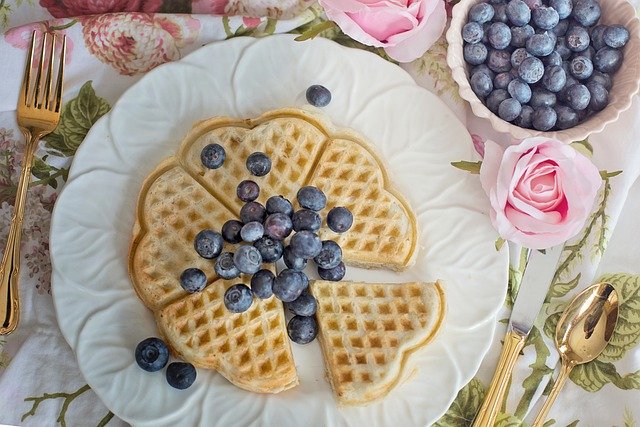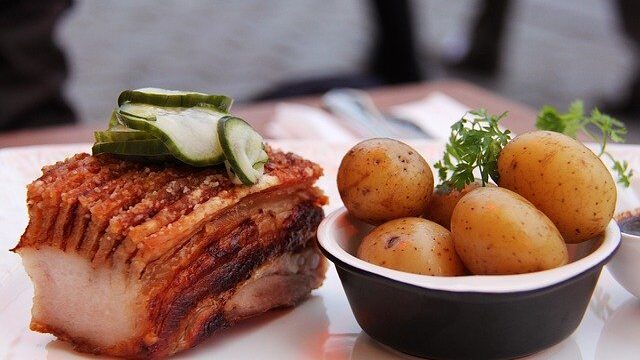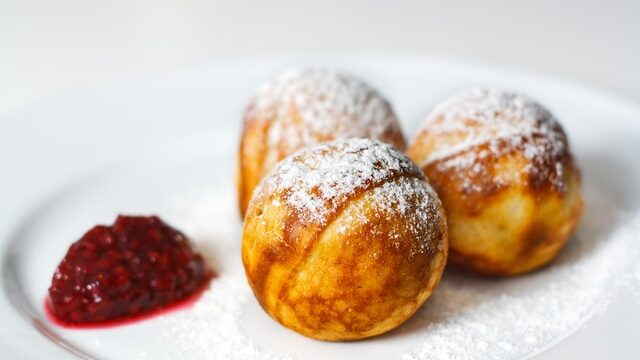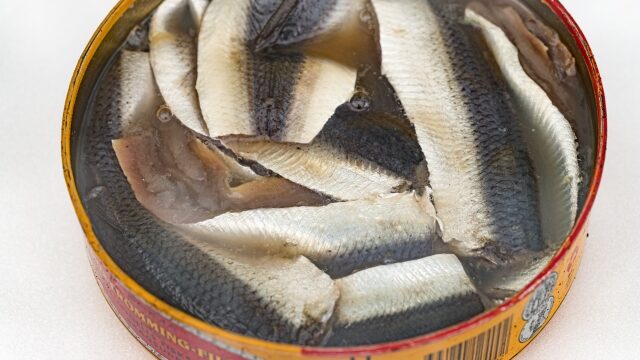Waffles are a classic café time snack in Japan, but waffles are also very popular in Sweden as an accompaniment to coffee.
In Sweden, waffles are called “Våffla” and differ in many ways from the Japanese and Belgian versions of waffles.
In this article, I would like to introduce the Swedish-style waffle popular in Northern Europe, as well as its characteristics and the differences between various types of waffles around the world.
Features of Swedish Waffle
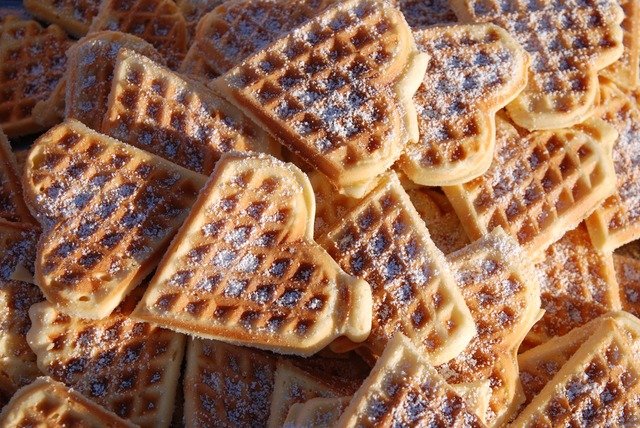
Waffles are one of the most popular baked sweets, with a lattice-like texture and maple syrup drizzled over the top.
Waffles are loved all over the world, and Scandinavia is no exception.
In Sweden, waffles have become a favorite sweet treat for men and women of all ages.
When you think of waffles, the first thing that comes to mind is probably Belgian waffles with a lattice pattern on the surface topped with maple syrup and whipped cream.
Waffles are eaten all over the world, and in fact, each country has its recipe and appearance.
Sweden also has its version of waffles known as Swedish waffles.
In Sweden, waffles are called “våffla” and differ from the familiar Belgian waffle in several ways.
For example, while Belgian waffles are thick and square, Swedish waffles are heart-shaped in appearance.
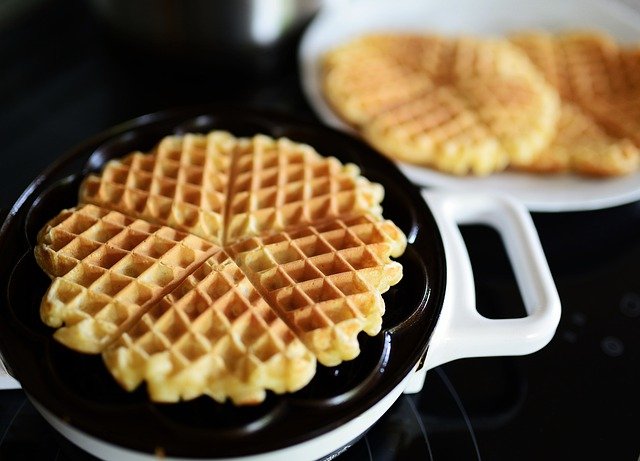
The heart shape is formed when cut into individual servings, and the shape when baked in a waffle maker is that of a clover.
The Swedish waffle dough is baked thin and crispy.
The Swedish waffle dough itself has very little sweetness.
Toppings such as strawberry or blueberry jam and whipped cream are added to add sweetness.
Waffle Recipe Tips
The ingredients for waffles are flour, milk, eggs, butter brought to room temperature, and baking powder, which are mixed in a bowl to make the base of the waffle dough.
The dough is then poured into a special waffle maker and baked in between.
The key to getting the entire dough to cook is not to pour the dough into the waffle maker all at once, but to pour it into the waffle maker little by little while stirring the dough.
In addition, the shape of the Swedish waffle maker is unique.
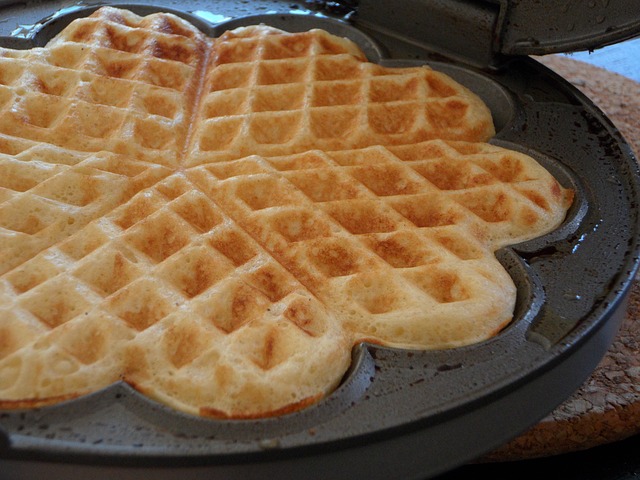
Clover-shaped waffle makers are common in Sweden, and they feature a cute heart shape when cut into individual portions.
The Swedish waffle dough is not very sweet.
That is why the basic way to eat them is with fruit jam or whipped cream on top, just like when eating pancakes.
You can also make a compote with strawberries or peaches and top it off.
Compote is a traditional European dessert made by stewing fruit with sugar and syrup. It is so-called candied fruit.
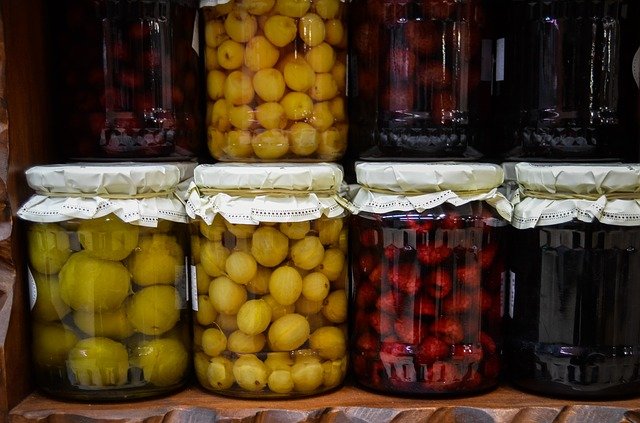
Unlike jam, which is made by simmering fruit with sugar for a long time, compote is made by quickly simmering fruit for a short time.
Therefore, the fresh texture and sweetness of the original fruit can be enjoyed.
Swedish waffles are also good with salmon and mashed potatoes.
Besides dessert, they make a great meal cake for breakfast or lunch staples.
March 25 in Sweden is “Waffle Day”

The Swedes’ love of waffles is expressed in the “Waffle Day” (Waffle Day), which is designated on March 25.
In Swedish, it is called “Våffeldagen.”
Waffles are eaten throughout the year in Sweden, and on Waffle Day, waffles line the streets of bakeries and cake stores, and waffles are eaten all over Sweden.
There is no clear reason why March 25 is “Waffle Day” in Sweden.
One popular theory is that it came to be held in connection with the “Day of the Annunciation of Mary,” which is also designated on March 25.
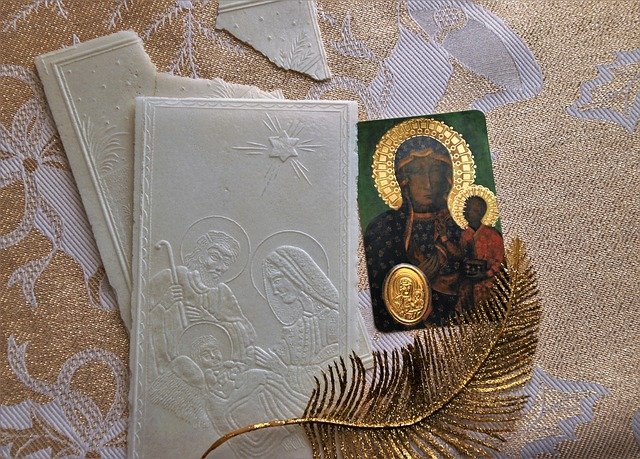
In the Christian world, March 25, nine months before Christ’s birthday on December 25, is the “Annunciation of Mary,” when the Virgin Mary is told by the Archangel Gabriel that she is pregnant with Christ.
In Swedish, it is called “Varfrudagen.”
And in fact, the Swedish word for “waffle day” is “Våffeldagen,” which is a similar word.
Of course, there is no relationship between “Varfrudagen” for “Day of the Annunciation of Mary” and “Våffeldagen” for “Waffle Day,” and the similar pronunciation is just a coincidence.
However, the similarity of the two words is said to have led to the custom of eating waffles on March 25th, which naturally took root in Sweden.
Another theory is that the word “Var Fru,” another name for the Virgin Mary, gradually became associated with “Våffeldagen,” meaning “waffle day.”
Waffles around the world
Although the Belgian waffle with its lattice-shaped baked pattern is well-known, the waffle is actually said to have originated in Greece in the 18th century.
The prototype is considered to be one of the world’s oldest pastries, called ” Oublie,” which is a baked dough made from a mixture of flour and eggs.
The waffle originated when the “Oublie” was given an uneven pattern and sold under the name “gaufrer.”
There are also two exact types of Belgian waffles.
One is a rectangular waffle with an unevenly shaped surface and a crispy texture, which is called a “Brussels waffle.
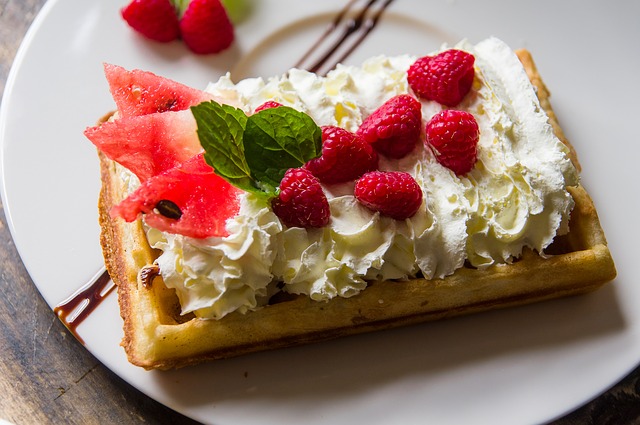
The Brussels waffle is a style of waffle where the dough itself is not too sweet and is topped with cream or fruit.
Swedish-style waffles may be similar to this Brussels waffle.
On the other hand, there is also the Liege waffle, a round waffle with a fluffy inner dough made by yeast fermentation.
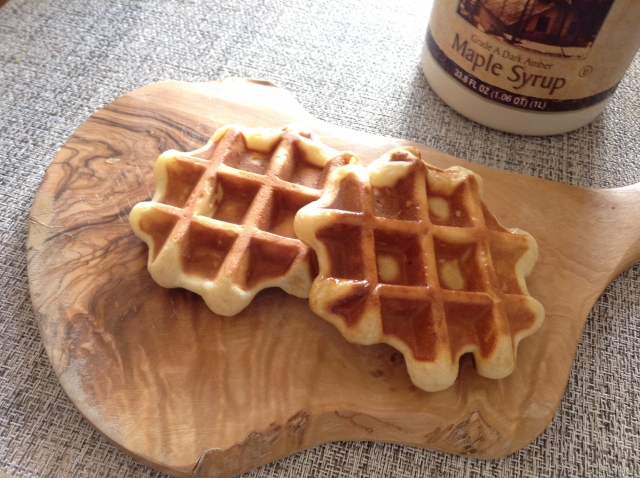
Many of them are seasoned with sugar from the beginning, and these Liege waffles are the most commonly eaten in Japan.
The familiar bagged waffles sold at convenience stores in Japan for around 100 yen are also Liege waffles.
Incidentally, there are also Japanese waffles that originated in Japan, such as Belgian waffles and Swedish waffles.
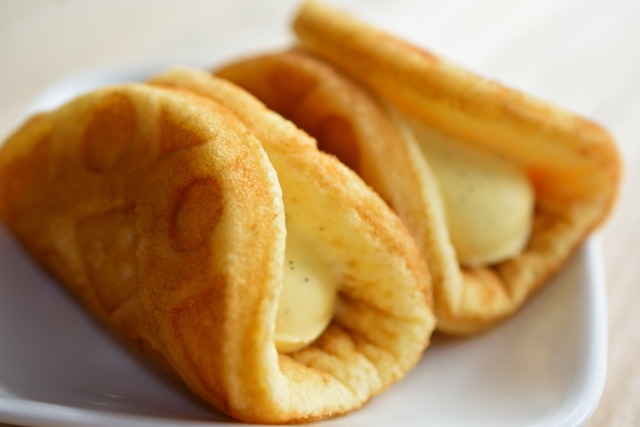
Japanese-style waffle is a waffle similar to dorayaki, with custard cream and other ingredients sandwiched between two oval-shaped pieces of baked dough.
The origin of the Japanese waffle is said to date back to 1904, when Shinjuku Nakamuraya, inspired by cream buns, began selling waffles made of waffle dough with cream sandwiched inside.
Conclusion
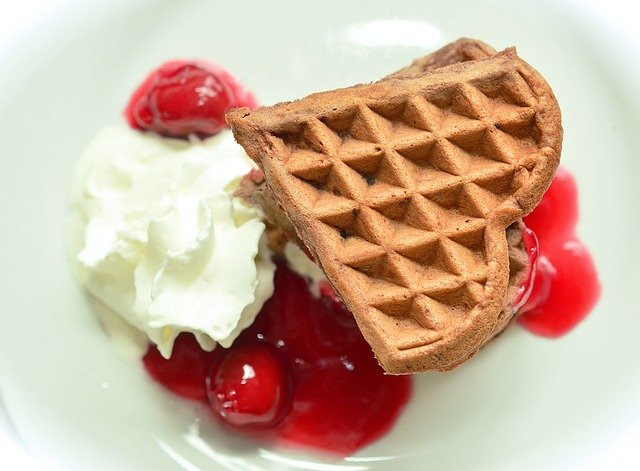
The heart-shaped design, crispy thin dough, and moderate sweetness are the charm of Swedish-style waffles.
Sweden and other Northern European countries are among the world’s top coffee consumers, and sweets that go well with coffee are favored.
Waffles, which contrast perfectly with the bitterness of coffee, are an indispensable snack for tea time and Fika in Scandinavian Sweden.
